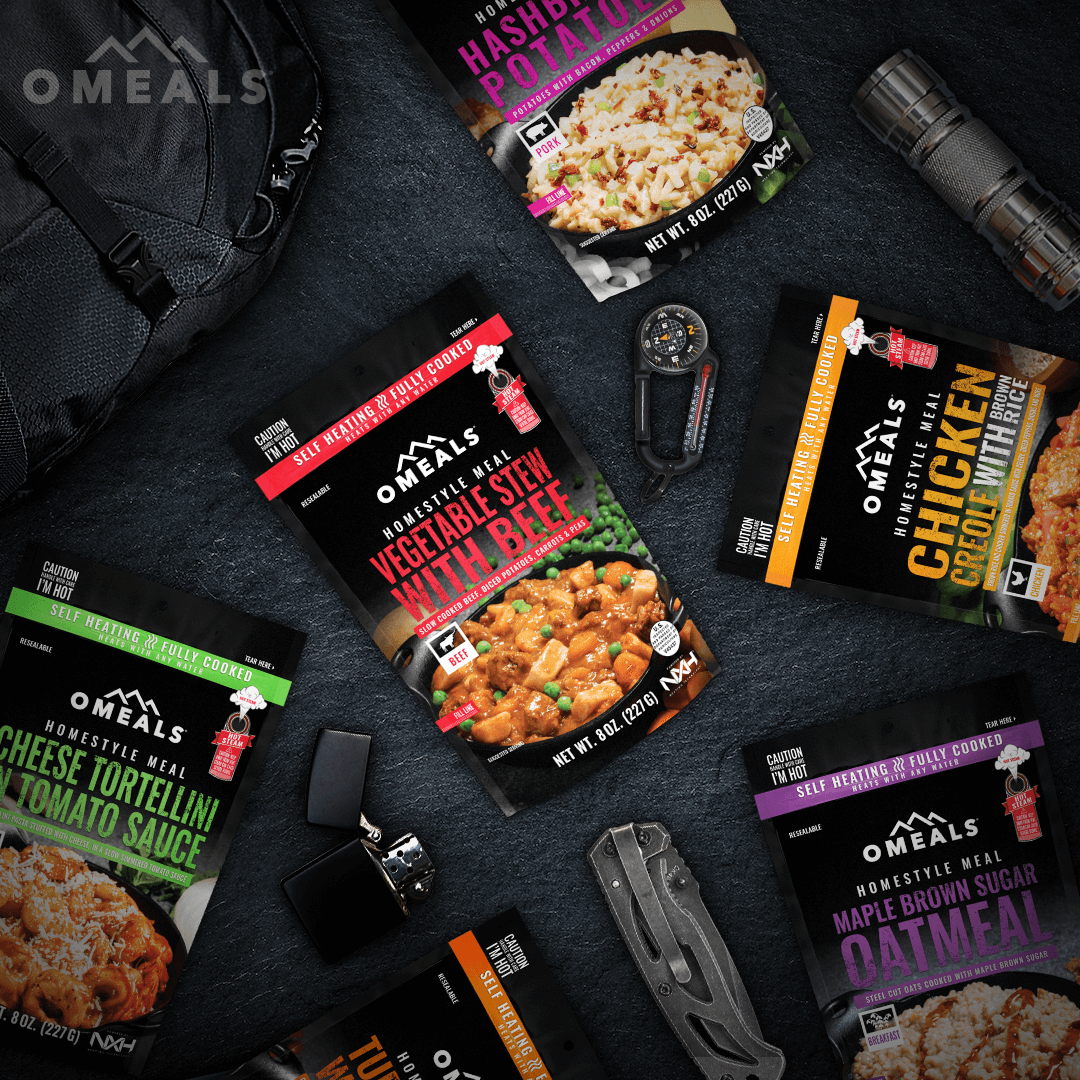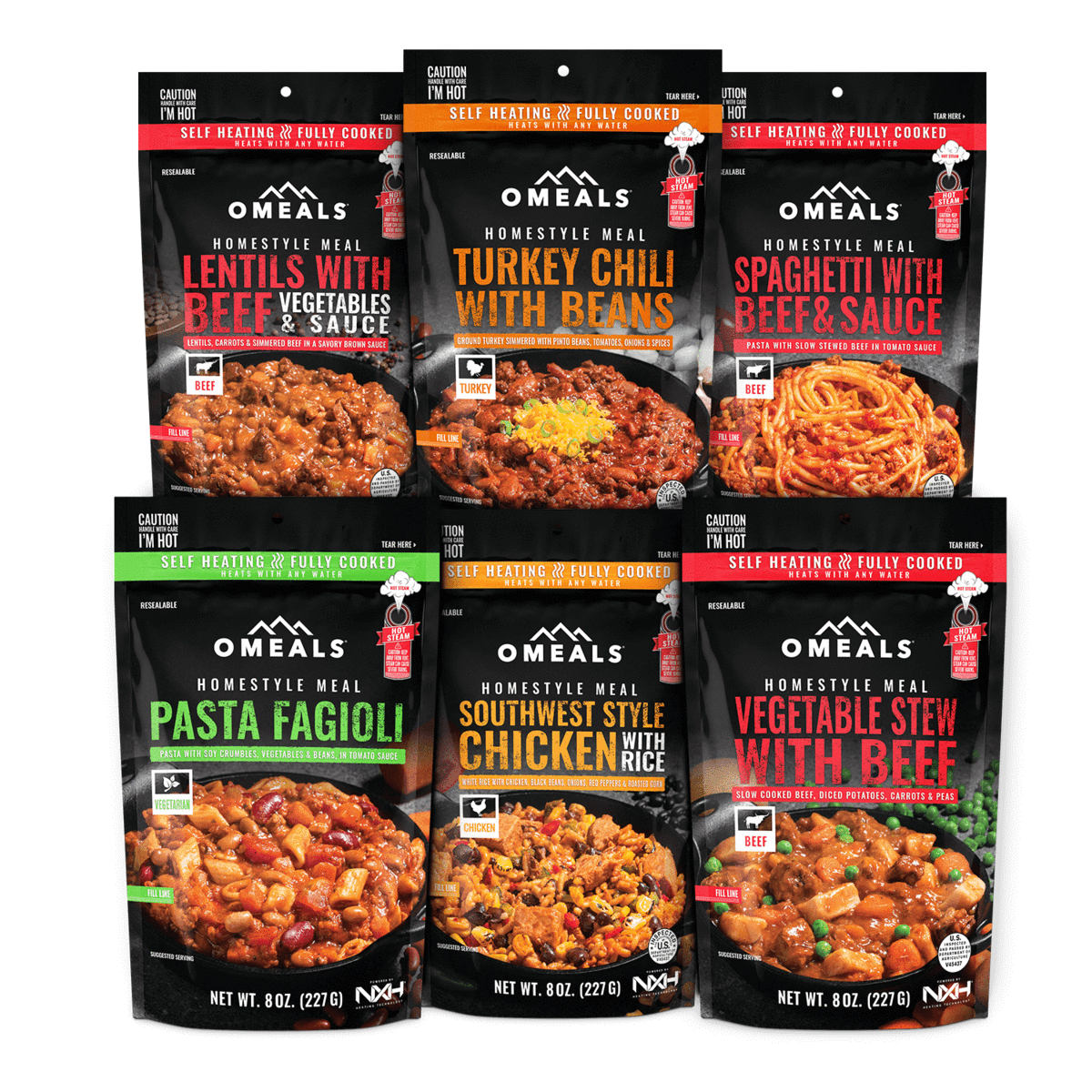All of us know that we should prepare for the unexpected. We know that when disaster strikes, it will be too late to focus on the things that we should have done to insure the safety of ourselves and our loved ones. But, even when facing this reality, few people take the necessary steps to stay safe in the face of disaster. In fact, some people forget important items in their survival kits and are left stranded because they were not as prepared as they had believed themselves to be. Below are some tips on things every person should insure they have when setting up an emergency preparedness kit:
- Water and non-perishable food
This may seem obvious, but few people realize how much water people actually need. The average person needs about half a gallon to a full gallon of water each day. Further, when setting up a survival kit, individuals should have a supply that can last at least three days. Water in plastic bottles is fine, but remember that many of the plastics currently used are made to biodegrade in land fills, so periodically check and replace water sources as needed. You can get some nonperishable meals from our MRE Giant store.
- Cash
If the electricity is knocked out in your area (as can easily happen during a hurricane, earthquake, or tornado), all forms of electronic banking are rendered useless. Thus, make sure that there is enough cash on hand in the emergency preparedness kit to allow you to purchase the necessities of daily life.
- Flashlight
Know where the flashlights and other alternative light sources are in your home. Further, keep fresh batteries (in unbroken packages so you know that they are fresh) next to the flashlight so that you do not have to fumble for them in the dark if the electricity is knocked out. Also, make sure that the flashlight in your emergency preparedness kit is strong enough to cut through haze and other inclimate conditions.
- Medicine
Every person who takes a prescription medication should have a three day supply on themselves at all times. Often times, the number one thing that makes people ill during an extended disaster that sequesters people from society is not the disaster itself but the lack of everyday medication carried by the survivors. A good rule of thumb, for anything, is if you can't go without it for more than 36 hours, it should go in the emergency preparedness kit.
- Toiletries
Travel-size portion of all toiletries are available at most drug stores and large retailers. Further, think about the special needs of your family (i.e. diapers for babies) that will be needed and stock a supply. Further, include trash bags, paper towels, disinfectant wipes, and other sanitation materials.
- Hand tools
If you become trapped in an area, make sure that you have a small group of tools such as a crowbar and hammer, that will allow you to escape your area. Further, if your radio, flashlights, or anything else in the emergency preparedness kit requires a screwdriver to change the batteries, be sure to include one of the appropriate size.
While this list is by no means exhaustive, common sense is the main rule of thumb when putting together a disaster survival kit. When thinking of what to include and where to place your kit, consider the following questions:
- Where will I be when a disaster hits? (Common answers include home, work, and car)
- What kind of disaster am I planning for? What things are common in my region?
- Does my family have any special needs that I will need to take care of beyond what's needed in a general emergency preparedness kit?


